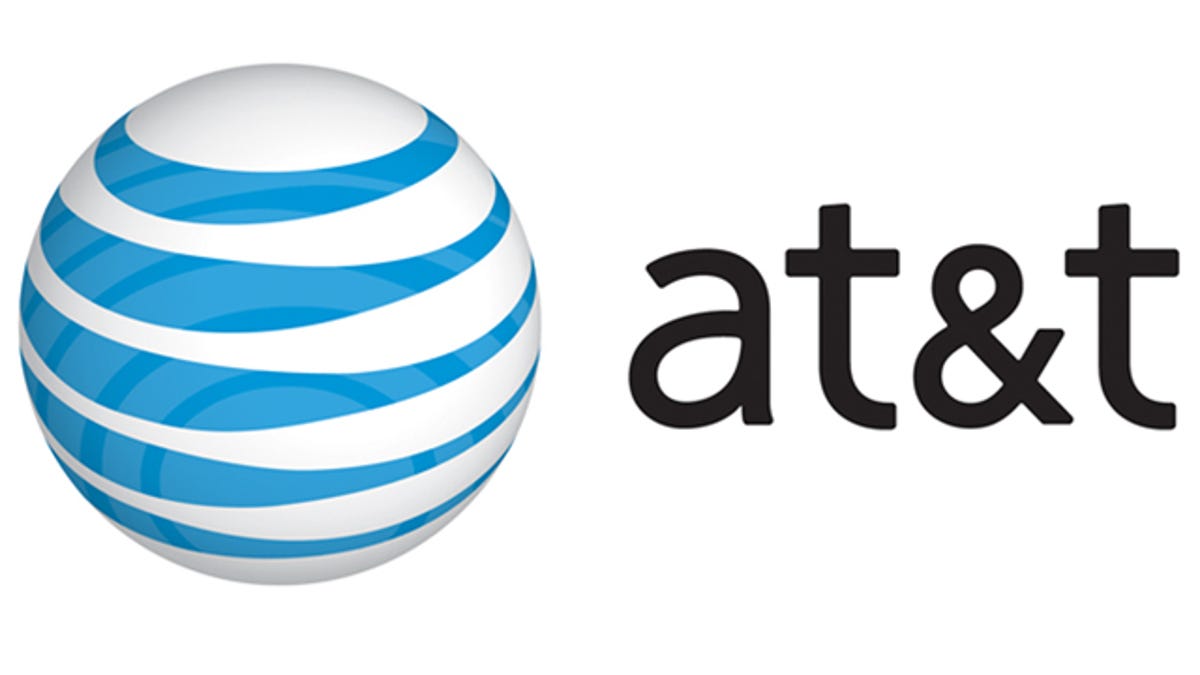AT&T sells disappointing 4.7M iPhones, customer growth slows
Despite increased competition, AT&T continues to be the leading U.S. carrier when it comes to selling the iPhone. But the company blamed supply issues for the weaker numbers.

When it comes to Apple's iPhone, AT&T remains its strongest U.S. partner.
The Dallas-based telecommunications provider, second only to Verizon Wireless in wireless customers, said today it activated 4.7 million iPhones in the third quarter, with 18 percent new to the company. Still, that's short of what analysts were expecting, with the company blaming supply constraints for the shortfall.
Also disappointing was subscriber growth, with the carrier only adding only 151,000 so-called postpaid customers, who are seen as the most lucrative and loyal because they are committed for two years. That figure is less than half of what most analysts had expected.
"The numbers were disappointing overall," said Jonathan Chaplin, an analyst for New Street Research.
AT&T posted a third-quarter profit of $3.64 billion, or 63 cents a share, on revenue of $31.46 billion. A year ago, the company posted net income of $3.62 billion, or 61 cents a share, on revenue of $31.48 billion. Comparisons are skewed because year-ago results were boosted by its advertising business, which it sold in May.
The company's per-share earnings topped Wall Street's average estimate of 60 cents a share, although revenue was lighter than the $31.58 billion analysts had expected, according to Thomson Reuters.
AT&T results were likely affected by the higher cost related to subsidies paid out to Apple for the iPhone. The higher the iPhone sales, the higher the cost and lower the profitability a carrier sees that quarter. The carriers don't mind because the iPhone leads to higher revenue over time and improved customer loyalty. Because iPhone sales were lower than expected, the margin hit this quarter wasn't so bad for AT&T.
Verizon last week said that it added 3.1 million iPhones in the period, although the company noted that supply constraints limited sales. The company added 1.8 million net new customers, with 1.5 million signing long-term contracts.
The iPhone continues to be the most dominant product for AT&T, even more so than at Verizon. The 4.7 million iPhones sold in the period make up a vast majority of the 6.1 million smartphones sold in the period. Like Verizon, AT&T complained of supply issues and said that most of the iPhone 5 units were sold to existing customers to satisfy their demand.
The company also said it saw record Android and Windows Phone sales, but declined to disclose those numbers. AT&T hasn't done as good of a job diversifying its device sales away from the iPhone, which means it takes more of a margin hit quarter after quarter. Verizon, for instance, sold more Android phones than the iPhone in the same period.
AT&T's wireless operating revenue rose 6.6 percent to $16.6 billion, continuing the trend of wireless powering the company's growth.
In total, AT&T added a net 678,000 wireless customers, far lower than Verizon. Within that figure, AT&T added 77,000 prepaid customers, 313,000 connected devices, such as the iPad, and 137,000 through resale partners.
Like Verizon, AT&T also implemented a mobile data share plan, although the company launched its version more recently. After five weeks of availability, the company added nearly 2 million customers. The carriers like the shared data plan structure because it improves customer loyalty, with multiple people under one plan, and encourages customers to add multiple devices.
Still, the higher smartphone sales meant a 2.4 percent increase to average revenue per user to $65.20. It also posted a company-low turnover rate of 1.08 percent.
On the wireline side, the company posted a revenue slide of 1.6 percent to $14.81 billion.
The company added 613,000 U-Verse Internet customers and 198,000 TV customers.
In general, the telecom providers have seen a deterioration in their older and slower DSL connections. Overall, AT&T lost 42,000 Internet connections in the period.
Updated at 5:36 a.m. PT: to include additional background and stats on customer growth.

